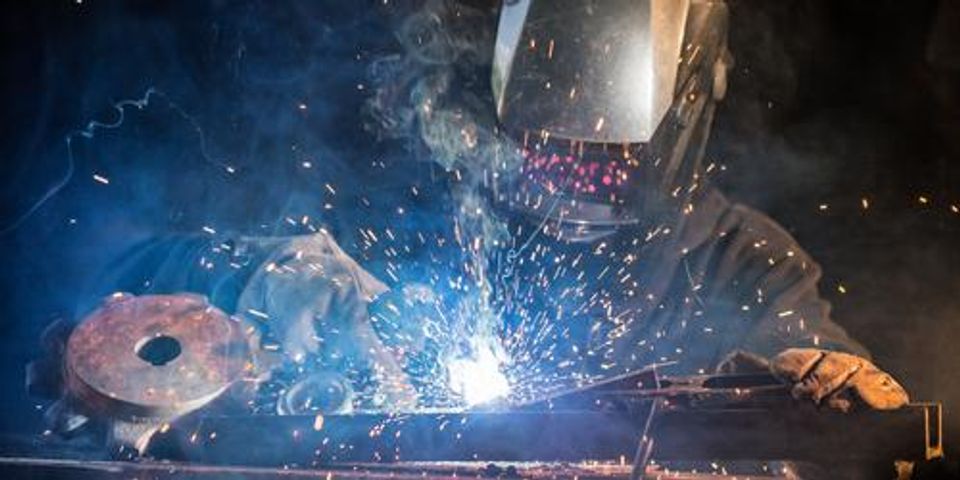Understanding the Differences Between MIG & TIG Welding

There are numerous types of welding, each of which is suitable for different materials and situations. Most welders, however, will usually use either MIG or TIG welding. While both techniques involve the use of electrical arcs and an inert gas to facilitate the process, their main differences lie in what each requires as filler material. When would you need MIG or TIG welding? Below is a brief rundown of how each technique works.
MIG Welding
“MIG” stands for “metal inert gas.” For this process, the welder unravels a spool of wire as they weld (this is the filler material), which carries an electrical charge and fuses the base metal pieces together. Materials that can be welded in this manner include stainless steel, aluminum, and mild steel, and the technique is suitable for materials in a wide range of thicknesses. It’s easier to learn than TIG welding and is frequently used by hobbyists and DIY enthusiasts.
TIG Welding
 “TIG” stands for “tungsten inert gas.” For TIG welding, the welder uses rods, or electrodes, to heat up the base metals. Next, once the metals reach a liquid state, the welder applies filler material to strengthen the weld between them. With this technique, it’s possible to work at relatively low temperatures, making it ideal for joining thin materials together, such as for a kitchen sink. It is a challenging and slow technique to master, but those who do it well can repair or weld a wide variety of metals.
“TIG” stands for “tungsten inert gas.” For TIG welding, the welder uses rods, or electrodes, to heat up the base metals. Next, once the metals reach a liquid state, the welder applies filler material to strengthen the weld between them. With this technique, it’s possible to work at relatively low temperatures, making it ideal for joining thin materials together, such as for a kitchen sink. It is a challenging and slow technique to master, but those who do it well can repair or weld a wide variety of metals.
Amateurs usually start with MIG welding, while professionals go on to learn TIG welding, as it makes for more accurate work. If you require quality welding services and live near Wentzville, MO, contact Nadler Welding & Repair Shop. The family-owned and -operated metal fabrication shop has been in business since 1951 and can fix or fabricate just about anything on premises — and they can come to you. Questions? Get in touch at (636) 327-4404. More information on their services is available online.
About the Business
Have a question? Ask the experts!
Send your question

